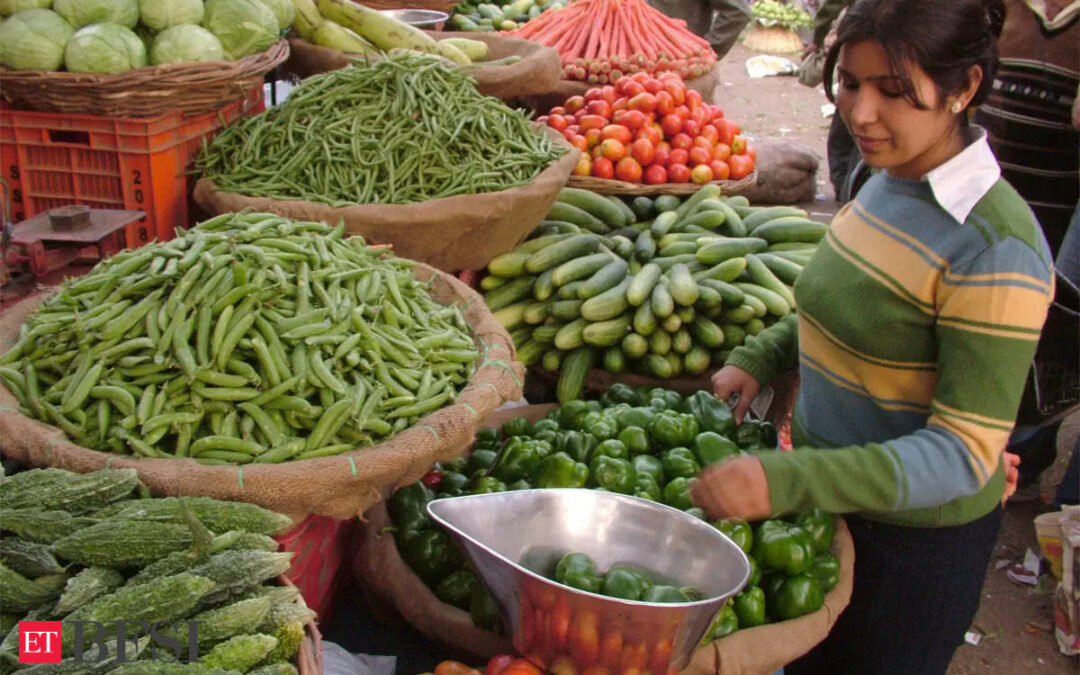The Reserve Bank of India has put to rest the debate over a proposal to ignore the food price spirals while taking policy rate decisions. RBI governor Shaktikanta Das is very candid in saying that the monetary policy committee cannot ignore the persistently high food prices since it impacts the consumer the most and shapes the future inflation expectation. In other words, this means the wait for a reduction in policy rate is likely to get longer as the fall in the Consumer Price Index (CPI) in July to 3.54%, below the RBI’s 4% mandate, for the first time in nearly five years may not be durable till the time food prices ease.
Here’s an explainer on how food prices affect India’s retail inflation, measured by CPI, and what is happening in other major global economies.
What are the major components of CPI in India?
The ministry of statistics breaks CPI into six broad groups—food & beverages; pan, tobacco & intoxicants; clothing & footwear; housing; fuel & light; and miscellaneous, which includes health, education and transport cost, among others.
Why is food so important in CPI calculation?
Food inflation carries a weight of around 46% in CPI, contributing more than three-fourth of headline inflation in May and June. Vegetable prices contributed about 35% to inflation in June.
“With this high share of food in the consumption basket, food inflation pressures cannot be ignored. Further, the public at large understands inflation more in terms of food inflation than the other components of headline inflation. Therefore, we cannot and should not become complacent merely because core inflation has fallen considerably,” Das said last week.
What does high food price mean in terms of RBI’s policy action?
Until food prices soften, CPI may not remain below the 4% mark on a durable basis, which is the most important parameter for the Monetary Policy Committee before taking the policy rate decision. Economists said that CPI at 3.54% was largely due to the higher base effect and it would most likely rise again to 5% by September. Therefore, the possibility of policy rate reduction remains low anytime soon.
What is RBI’s inflation projection?
Relief in food prices is expected in the third quarter if the south-west monsoon supports farm activities. Buffer stocks of cereals continue to be above the norms. RBI has projected CPI inflation for 2024-25 at 4.5%, with the second quarter inflation at 4.4%, third quarter at 4.7% and fourth quarter at 4.3%. CPI for the first quarter next fiscal is projected at 4.4%.
While high weightage of food prices in CPI is a spoilsport in India for people lobbying for a rate cut, what is the situation in other major economies?
In economies like the US and the UK, food prices do not come in the way of policy rate action. This is because the weightage of food prices in CPI is significantly low there. In the US, food & beverages carried a 14.4% weight on urban CPI and 16% weight in CPI for wage earners in December last year. In the UK, the weightage is even lower at 9.5%.










